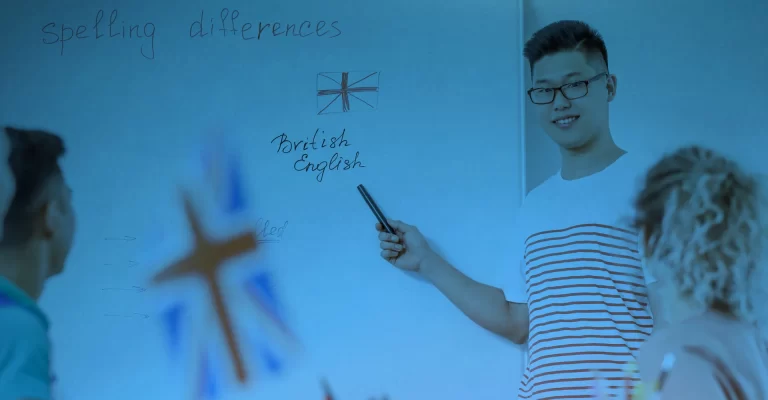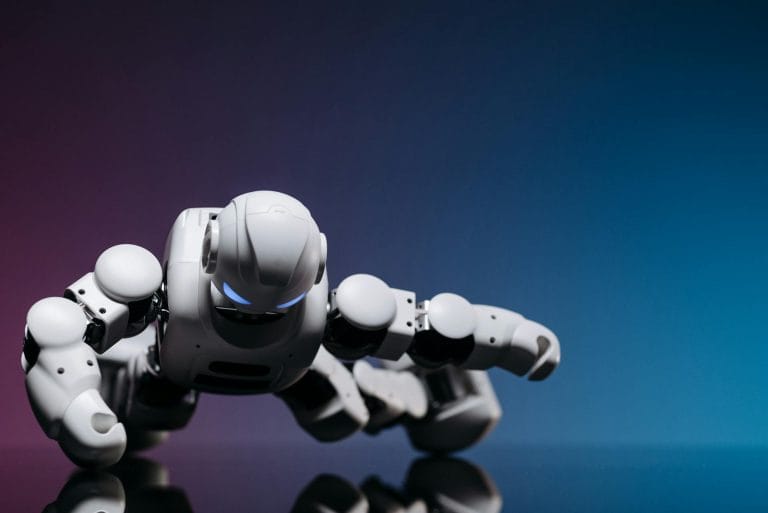- RESEARCHDistance Learning at AIU is enhanced by vast academic resources and innovative technologies build into the Virtual Campus: Hundreds of self-paced courses with video lectures and step by step lessons, thousands of optional assignments, 140,000 e-books, the Social Media & Networking platform allowing collaboration/chat/communications between students, and MYAIU develop students holistically in 11 areas beyond just academics.
- PROGRAMS OFFERED
- Areas of Study
- Courses and Curriculum
- Open Courses
- Register for a Program
- Associate Program
- Associate in Addiction Counseling
- Associate in Agriculture Food And Resources
- Associate in Anti Terrorism Security
- Associate in Behavior Analysis In Special Education
- Associate in Bioethics
- Associate in Climatology
- Associate in Cultural Theological Communication
- Associate in Culinary Arts
- Associate in Ecotechnology
- View all Associates Programs
- Bachelor Program
- Bachelors in Community Development
- Bachelors in Environmental Science
- Bachelor in Education (B.Ed, BS)
- Bachelors in Economics
- Bachelors in Entrepreneurship
- Bachelors in Financial Administration
- Bachelors in Human Resource Management
- Bachelors in Linguistics
- Bachelors in Nutritional Science
- Bachelors in Occupational Health and Safety
- Bachelors in Psychology
- View all Bachelor Programs
- Doctorate Program
- Doctor | of Biology (PhD)
- Doctorate in Business Administration (DBA, PhD)
- Doctor of Economics (PhD)
- Doctor of Electrical Engineering (D.Sc, PhD)
- Doctor of Finance (PhD)
- Doctorate in International Relations
- Doctorate in Information Technology (D.Sc)
- Doctor of Legal Studies (PhD)
- Doctor of Project Management (PhD)
- Doctor of Sociology (PhD, D.Sc)
- Doctorate in Sustainable Natural Resources Management
- View all Doctorate Programs
- Master Program
- Postdoctoral Program
- Postdoctoral in Animal Science
- Postdoctoral in Anti Terrorism Security
- Postdoctoral in Behavior Analysis In Special Education
- Postdoctoral in Bioethics
- Postdoctoral in Blockchain Technology and Digital Currency
- Postdoctoral in Business Management
- Postdoctoral in Cloud Computing
- Postdoctoral in Computer Engineering
- View all Postdoctoral Programs
AIU offers a wide range of majors in areas including the Arts, Business, Science, Technology, Social, and Human studies. More than 120 degrees and programs are available for adult learners at the associate’s, bachelor’s, master’s, doctoral and postdoctoral level. - VIRTUAL CAMPUS
Distance Learning at AIU is enhanced by vast academic resources and innovative technologies build into the Virtual Campus: Hundreds of self-paced courses with video lectures and step by step lessons, thousands of optional assignments, 140,000 e-books, the Social Media & Networking platform allowing collaboration/chat/communications between students, and MYAIU develop students holistically in 11 areas beyond just academics.
- ALUMNI
The world is YOUR campus!”, that is the message of AIU’s month magazine Campus Mundi. Hear the voices and see the faces that make up AIU. Campus Mundi brings the world of AIU to you every months with inspirational stories, news and achievements by AIU members from around the world (students and staff are located in over 200 countries).
The Third State: A Mysterious Bridge Between Life and Death

How does the discovery of the third state challenge traditional definitions of life and death, and what implications does this have for our understanding of biology?
In what ways could the third state revolutionize medical treatments, and what ethical considerations might arise from using postmortem cells for therapeutic purposes?
What role might the third state play in the evolution of life, and how could this influence the way we study and interpret changes in living organisms over time?
Using these questions as inspiration, create a detailed essay exploring the scientific, medical, and philosophical implications of the third state. Once completed, share your essay to discuss your insights with us!
(Login to your student section to access the AIU Additional Resources Library.)
The Third State: A Mysterious Bridge Between Life and Death
Life and death have long been viewed as the two distinct states defining existence. Life signifies growth, movement, and vitality, while death represents cessation, stillness, and the end of biological function. Yet, recent discoveries challenge this binary understanding. Scientists have uncovered a phenomenon called the “third state,” a transitional phase where cells from deceased organisms not only survive but transform into new multicellular life forms with unique behaviors and functions.
This concept challenges the traditional boundaries of biology, opening a doorway to new insights about cellular adaptability, resilience, and the potential for life to reemerge after death.
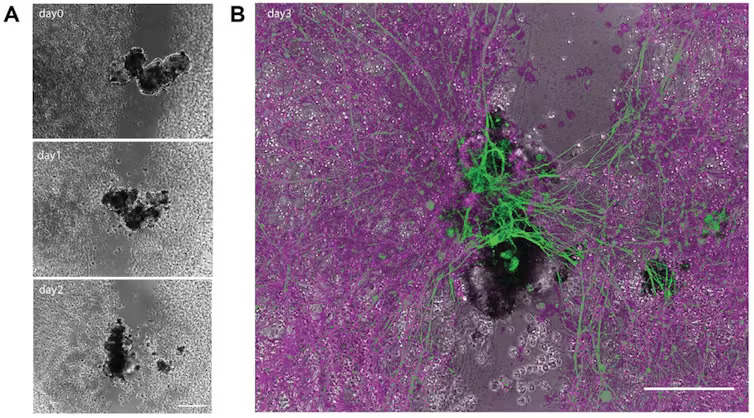
Diagram A shows an anthrobot building a bridge across a scratched neuron over the course of three days. Diagram B highlights the ‘stitch’ in green at the end of Day 3. (Gumuskaya et al. 2023/Advanced Science, CC BY-SA)
Life and Death: The Traditional Understanding
In conventional biology, death marks the irreversible end of an organism’s functions. The heart stops beating, the brain ceases activity, and the body begins to deteriorate. Yet, the continued functionality of individual cells and tissues after death complicates this definition.
Organ donation is one example. Hearts transplanted into living recipients can continue to beat, and kidneys can still filter waste, even though the donor has been declared dead. This survival of parts beyond the death of the whole raises a compelling question: how and why do certain cells endure after death?
The Third State: A Revolutionary Discovery
The third state refers to a remarkable phase where dead cells reorganize into entirely new multicellular structures, developing capabilities they never had in life. These transformations are not preprogrammed, like a caterpillar turning into a butterfly, but arise spontaneously under specific conditions.
For example, skin cells extracted from deceased frog embryos can reorganize themselves into new organisms called xenobots. Unlike their original function in the frog, these cells repurpose their cilia—structures typically used to move mucus—to navigate their surroundings. Even more astonishingly, xenobots exhibit kinematic self-replication, a unique process where they physically replicate their structure without traditional growth mechanisms.
Human cells have demonstrated similar adaptability. Researchers found that lung cells could self-assemble into tiny multicellular entities called anthrobots. These anthrobots move independently, repair injured neuron cells placed nearby, and perform functions that far exceed their original biological roles.
The Role of Environment and Preservation
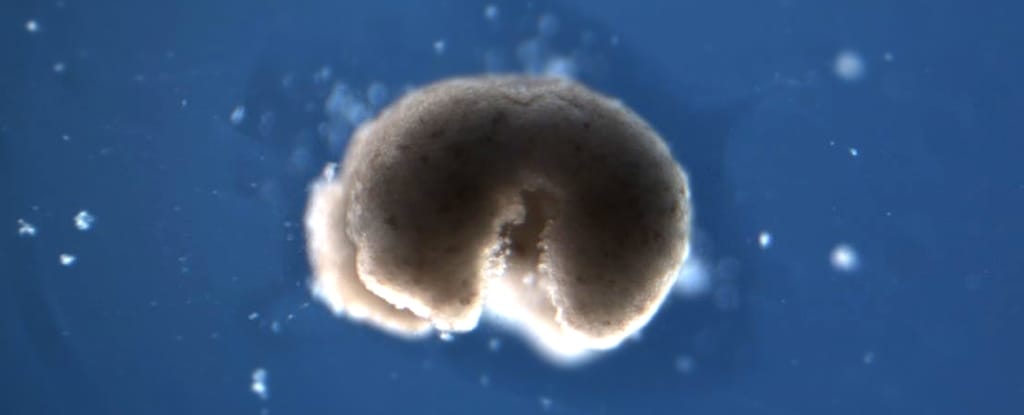
Biobots could one day be engineered to deliver drugs and clear up arterial plaque. (Kriegman et al. 2020/PNAS, CC BY-SA)
Postmortem cellular survival depends on several factors, including environmental conditions, preservation techniques, and cellular plasticity.Environmental conditions such as temperature and oxygen availability significantly impact cell viability. For example, human white blood cells can survive up to 86 hours after death, while skeletal muscle cells in mice remain viable for up to 14 days.
Preservation methods like cryopreservation also play a critical role in maintaining cellular functionality. By freezing tissues at ultra-low temperatures, scientists can store cells such as bone marrow for extended periods, ensuring they remain functional for medical use.
Additionally, researchers have observed a surge in genetic activity after death. Stress-related and immune-related genes become highly active, compensating for the loss of homeostasis and enabling cells to adapt to new conditions.
Cellular Transformation After Death
The ability of cells to reorganize and take on new roles after death is a testament to their inherent plasticity. Specialized channels and pumps in cell membranes act as electrical circuits, generating signals that allow cells to communicate and execute complex behaviors.
These mechanisms enable cells to self-organize into multicellular structures, paving the way for transformations like those seen in xenobots and anthrobots. This adaptability suggests that life’s potential extends far beyond our current understanding.
Medical and Scientific Implications
The discovery of the third state has profound implications for medicine and biology. For instance, anthrobots derived from a patient’s own cells could revolutionize drug delivery. By targeting specific areas in the body, they could avoid triggering immune responses, making treatments more effective and less invasive.
Engineered anthrobots could also dissolve arterial plaque in patients with atherosclerosis or clear mucus in those suffering from cystic fibrosis. Their natural lifespan of four to six weeks acts as a built-in safety feature, preventing unintended consequences like uncontrolled growth.
The third state also provides a new lens through which to view evolution. The ability of cells to adapt and transform after death suggests that organismal death may play a role in life’s ongoing evolution, offering opportunities for new forms of life to emerge over time.
Exploring the Mechanisms
While the third state has opened up exciting possibilities, much remains unknown. Scientists are still investigating the conditions that enable such transformations. Research shows that genes involved in stress, immunity, and epigenetic regulation are activated postmortem in species like mice, zebrafish, and humans. These genetic changes suggest a widespread potential for cellular transformation, but the exact mechanisms are still being unraveled.
One hypothesis is that cells rely on intricate bioelectric signals to organize themselves. These signals guide cells in executing functions like movement, repair, and growth, even after the organism has died. Understanding these processes could unlock new ways to harness cellular plasticity for medical and scientific purposes.
A New Frontier in Biology
The third state redefines our understanding of life and death, revealing a dynamic and adaptable aspect of biology. It challenges long-held assumptions about cellular behavior and opens up new avenues for research and innovation.
From medical applications to evolutionary insights, the implications of this discovery are far-reaching. For those intrigued by the mysteries of life, the third state offers a compelling glimpse into the resilience, adaptability, and creativity of nature. It challenges everything we thought we knew about life and death, sparking curiosity and inspiring further exploration. Imagine how these revelations could transform treatments for diseases, redefine biology, or even reshape our understanding of evolution itself.
Whether pondering these scientific breakthroughs or enjoying the icy beauty of a winter vacation in Switzerland, the wonders of life’s adaptability remind us of the endless potential for discovery. To dive deeper into such groundbreaking research and join a community that celebrates curiosity, innovation, and learning, consider becoming part of the Atlantic International University. Together, we can explore the fascinating frontiers of science and uncover the secrets that shape our world.

Life and Death in the Third Reich
Endkampf : Soldiers, Civilians, and the Death of the Third Reich
Molecules at an Exhibition : Portraits of Intriguing Materials in Everyday Life
References
Scientists discover a mysterious ‘third state’ beyond life and death in new study
These Creatures Occupy ‘Third State’ Beyond Life And Death, Scientists Say
Reminder to our Dear Students,
Please ensure you are logged in as a student on the AIU platform and logged into the AIU Online
Library before accessing course links. This step is crucial for uninterrupted access to your learning
resources.
AIU Success Stories
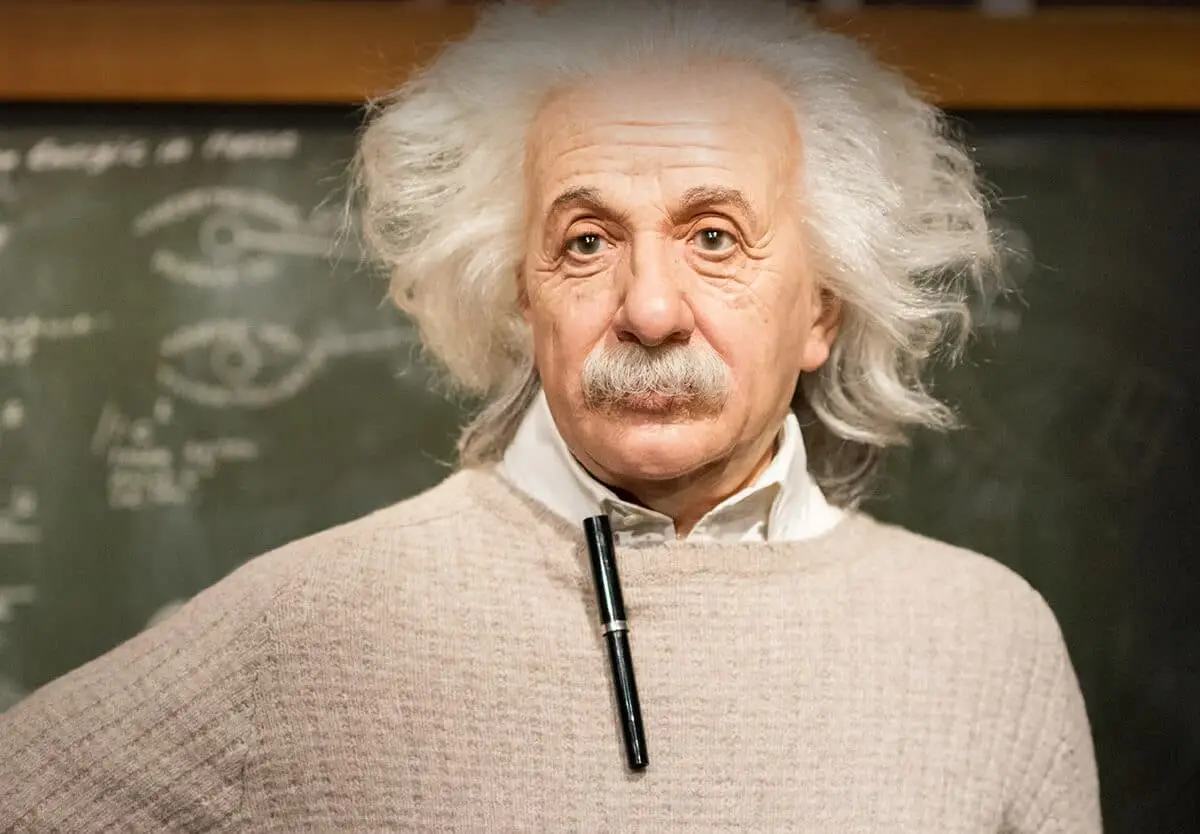






Contact Us Today!
Begin Your Journey!
AIU’s Summer of Innovation and Growth gives you the ability to earn up to $5000 in tuition credit by completing free lessons and courses.
Whether you’re looking to acquire new skills, advance your career, or simply explore new interests, AIU is your gateway to a world of opportunities. With free access to 3400 lessons and hundreds of courses the ability to earn credits and earn certificates there’s no better time to start learning.
Join us today as a Guest Student and take the first step towards a brighter, more empowered future.
Explore. Learn. Achieve.

Contact Us
Atlantic International University
900 Fort Street Mall 905 Honolulu, HI 96813 [email protected]
Quick Links
Home | Online Courses | Available Courses | Virtual Campus | Career Center | Available Positions | Ask Career Coach | The Job Interview | Resume Writing | Accreditation | Areas of Study | Bachelor Degree Programs | Masters Degree Programs | Doctoral Degree Programs | Course & Curriculum | Human Rights | Online Library | Representations | Student Publication | Sponsors | General Information | Mission & Vision | School of Business and Economics | School of Science and Engineering | School of Social and Human Studies | Media Center | Admission Requirements | Apply Online | Tuition | Faculty & Staff | Distance Learning Overview | Student Testimonials | AIU Blogs | Register for Program | Privacy Policy | FAQ





